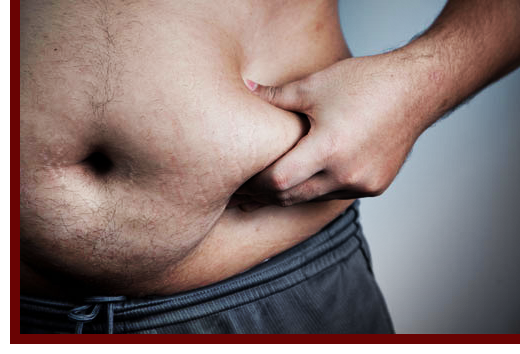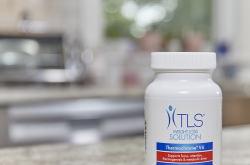With obesity rates and Type II diabetes on the rise, understanding the way our bodies handle blood sugar is an imperative part of staying healthy and learning how to eat. The human body hasn’t changed in the past hundred years, but our diets and lifestyles have had to adjust to things like bleached flour, refined sugar, fructose, sucralose, and fried and processed foods at every turn. Learning how to improve the body’s insulin sensitivity can not only help you achieve and maintain a healthy weight, but it can help you avoid permanent insulin resistance, like Type II diabetes.
What is Insulin Sensitivity?
When you eat, your body converts carbohydrates into glucose that circulates in the blood. If you’ve ever heard of “sugar rush”, that’s exactly where the term came from. The glucose in your bloodstream that isn’t used by your muscles after a meal is put into storage by the hormone, insulin. Insulin stores extra glucose as glycogen, but the human body can only store so many units of glycogen. The average adult male can store about 500 grams of glycogen before the excess glucose is stored as fat.
Certain people with higher insulin sensitivity can store carbohydrates with very little insulin in their bloodstream, meaning it is also much easier to break down fatty acids and take glucose out of storage when exercising. People with insulin resistance (Type II diabetes) require more insulin to store carbohydrates. However, insulin-resistant people have such high amounts of insulin in their bloodstream that it becomes much harder to lose weight because those sugars are encouraged to stay in storage as fat. A lifetime of unhealthy processed foods with a high glycemic index trains your body to release more insulin every time you eat and many people find themselves suffering from insulin resistance as a result.
Improve Insulin Sensitivity and Reduce Insulin Resistance
Fat simply can’t be released when insulin levels are high. Burning fat is most effective when insulin levels are low, and Growth Hormone is high, but insulin inhibits the body’s ability to secrete GH. Insulin release is triggered when eating foods full of sugar and carbs as well as fried or processed foods. Our bodies secrete GH responsible for muscle growth and fitness. Lean muscle burns more glucose than out-of-shape muscles and also plays a role in helping your body burn extra glucose before it gets stored.
The glycemic load (the number of carbohydrates) and the glycemic index (composition of carbs) both play a big role in how much insulin your body releases to break down the amount of sugar in your bloodstream after eating. Luckily, eating right can help reverse insulin resistance. Eating a low-glycemic diet is the primary way to improve insulin sensitivity by limiting the amount of sugar your body has to break down. The less insulin your body must secrete to store sugars, the more efficient your metabolism will be when it comes time to burn them.
Athletes also tend to have improved insulin sensitivity because they have trained their bodies to release sugar when they perform. An exercise routine is a great way to help burn through some of your extra blood sugar and train your body to break down fat for quicker glucose release. Although many people get discouraged because their bodies may not initially release enough glucose during exercise, eventually your metabolism will adjust.
Work with your body’s metabolism, not against it
If you’ve ever heard breakfast is the most important meal of the day, you may not have realized how important it really is. Your body’s insulin sensitivity is highest in the morning after you wake up, and right after you exercise. At these times, your glycogen levels are lowest because they get burned by strenuous workouts or while you’re resting for long periods of time. Eating carbs in the morning can help give you energy throughout the day without storing that glucose. Your body will use most of it before it can ever be stored by insulin.
Eating fiber is not only great for your digestive system, but it also slows the digestion of carbohydrates, allowing you to convert carbohydrates to glucose a little slower and steadily use more of it up before it gets stored by insulin. Fruits, vegetables, and whole grains are generally rich in fiber and are low-GI foods to keep you going throughout the day. Being aware of your body’s metabolism can help you eat and exercise more efficiently and help you achieve healthy results.






Comments (0)